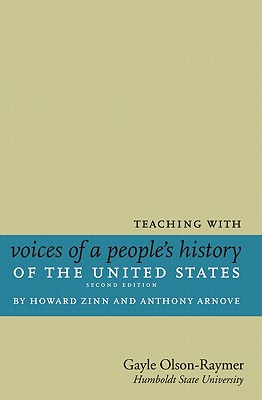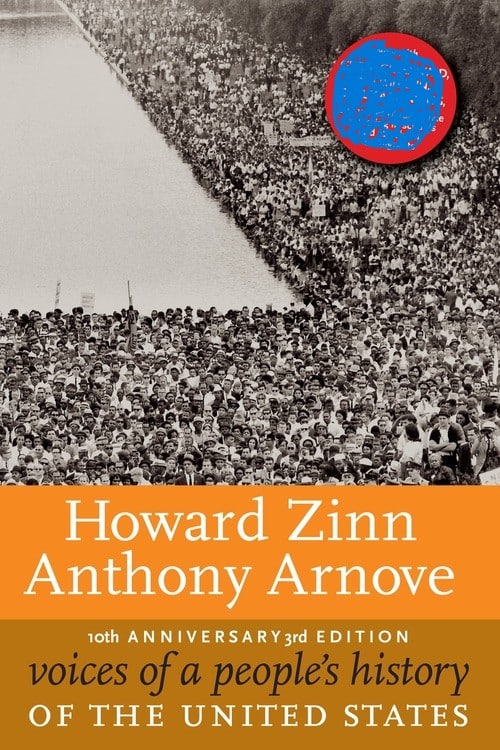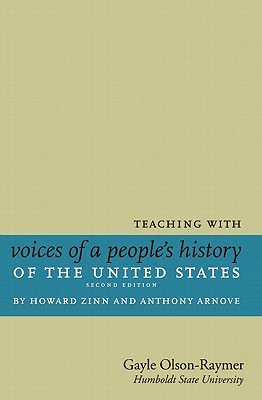 In most of our textbooks, the 1920s and the 1930s are the most mythologized years of the twentieth century. While it is true that 1920s were a “roaring” good time for some people, it is equally true that the decade was bleak for many others. The reality is that the 1920s was a decade of sharp contrasts, in which social liberalism was counterbalanced by social conservatism, conspicuous consumer consumption was also characterized by materialistic excess, and corporations and skilled workers became increasingly prosperous at the same time that unskilled workers and farmers plunged into poverty and despair. There were plenty of social, political, and economic warning signs that all was not well, but those in power ignored them until the economic realities exploded into the stock market crash and the Great Depression.
In most of our textbooks, the 1920s and the 1930s are the most mythologized years of the twentieth century. While it is true that 1920s were a “roaring” good time for some people, it is equally true that the decade was bleak for many others. The reality is that the 1920s was a decade of sharp contrasts, in which social liberalism was counterbalanced by social conservatism, conspicuous consumer consumption was also characterized by materialistic excess, and corporations and skilled workers became increasingly prosperous at the same time that unskilled workers and farmers plunged into poverty and despair. There were plenty of social, political, and economic warning signs that all was not well, but those in power ignored them until the economic realities exploded into the stock market crash and the Great Depression.
The 1930s are also mythologized in our traditional discussions of the era. Indeed, while we see the government come to the aid of many Americans during this period, we must also note that Franklin Delano Roosevelt’s (FDR) New Deal largely focused on recovery and relief measures — measures that helped corporations, labor unions, and organized farm groups, but did little to meet the needs of ordinary hard-working Americans. As Howard Zinn points out, FDR made the Depression bearable for some, but he did not make it go away. When our students listen carefully to the voices from the 1920s and 1930s, they hear tragic stories of desperate and angry people who have experienced broken dreams and hearts, have been dispossessed of all they hold dear, and have resisted conservative government responses at a time when radical measures were needed. And when they hear these voices, our students break through the mythology of the era and gain a more balanced understanding of these troubled times.
Reprinted from Teaching with Voices of a People’s History of the United States, published by Seven Stories Press.









Twitter
Google plus
LinkedIn